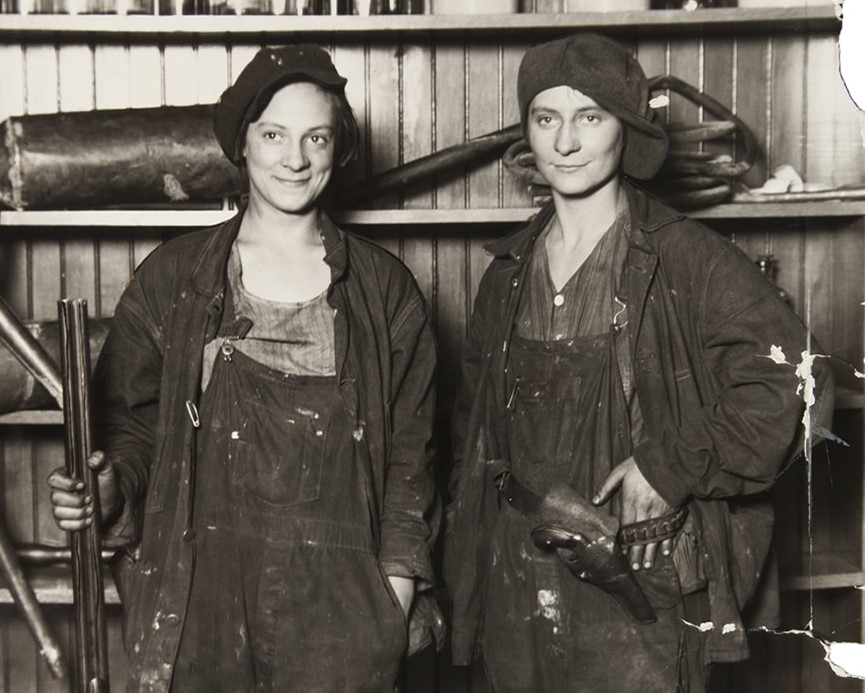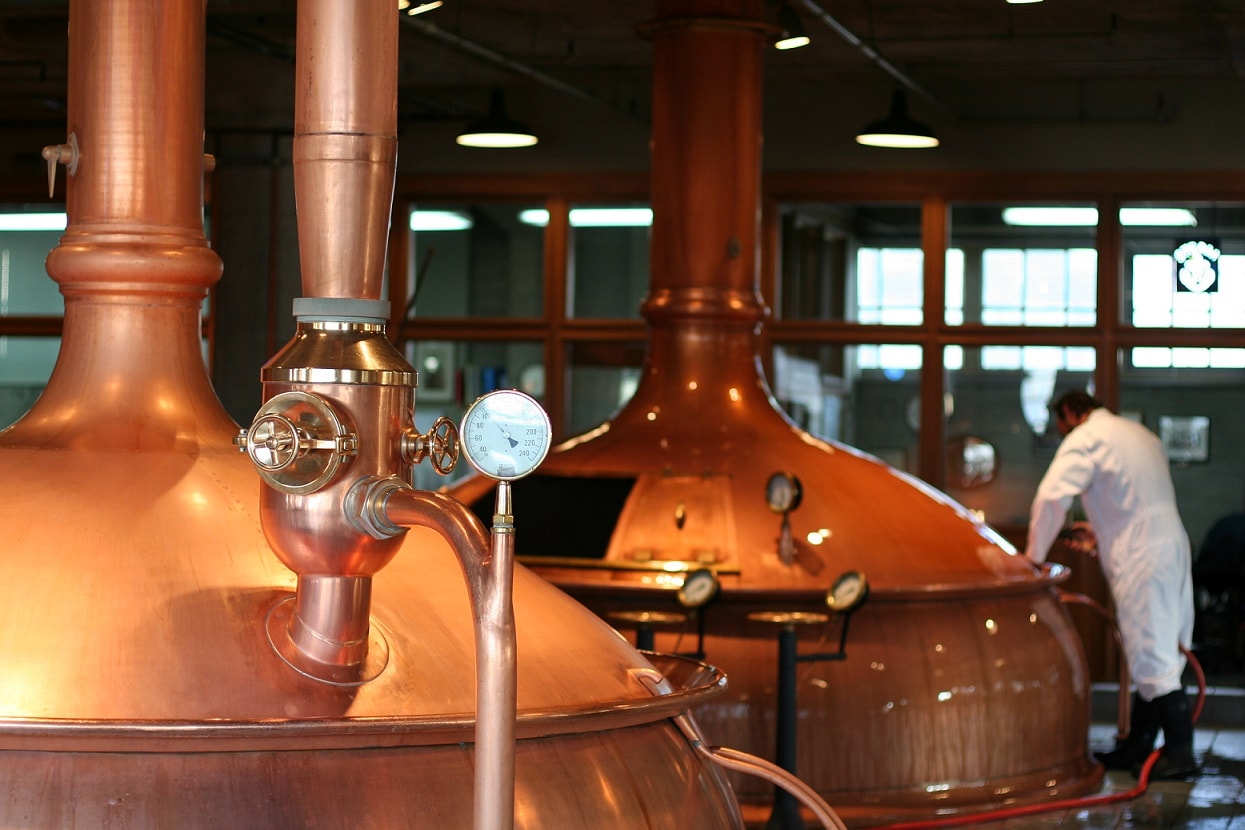The word “alcohol” actually refers to a broad class of organic compounds, among them methanol, ethanol, isopropyl alcohol, and propylene glycol. These compounds have a wide range of everyday and industrial uses. Alcoholic compounds are used as fuel additives, solvents, plasticizers, and detergents. Alcohol is naturally occurring throughout the world, and various forms of alcohol are present in sugars, fatty acids, and amino acids. The most common type of alcohol, however, is ethanol, which is produced via fermentation. When people use the word “alcohol” colloquially, they are generally referring to ethanol, which is the psychoactive substance in alcoholic drinks.
Alcohol has been used for social, religious, and medical purposes for over 10,000 years. Today, it remains an important component of social life and is the most widely used psychoactive substance throughout the world. Alcohol is legal in most countries, with the exception of a handful of countries in the Middle East. Despite and in part because of its widespread ubiquity, alcohol is also responsible for a number of social ills, including drunk driving accidents, violent crime, mental illness, and higher rates of sexual assault. Nonetheless, alcohol remains embedded in the fabric of civilization, with bars, festivals, parties, and even casual social interactions featuring alcohol in center stage.
People consume alcohol, a central nervous system depressant, for its psychoactive effects. Drinking alcohol provides a number of short term effects. People often experience a sense of euphoria, greater confidence, and higher self-esteem. Alcohol also loosens inhibitions and decreases anxiety in drinkers. For that reason, it is used widely in social situations as a way for people to “loosen up” and build stronger connections with each other, as well as privately as a means of elevating mood. However, these short terms effects of alcohol consumption also include physical and cognitive impairments. After these initial effects wear off, even casual alcohol users experience some degree of physical withdrawal, often referred to as “hangovers.”

Over the long term, alcohol use can lead to a number of dangerous physical and mental health conditions. Use of this intoxicant can also lead to lapses of judgment and poor decision-making that can be destructive or even fatal. Drunk driving and violent crime harm not only the people consuming alcohol, but disinterested parties as well. Regular alcohol use can also lead to physical dependence and ultimately addiction. Alcohol addiction, which afflicts millions of people, can destroy people’s quality of life or result in death. It is also extremely difficult to treat — and most people find it difficult to seek treatment in the first place. Unfortunately, because alcohol is allocated special respect in most cultures, its prevalence of use and social stigma surrounding addiction make it very difficult to eradicate these social ills.
The ability for the body to experience psychoactive effects from alcohol actually predates humans; our primate ancestors consumed fermented fruit and likely felt the effects. Archaeological evidence indicates that humans intentionally drank fermented drinks as far back as 10,000 BC. Chemical analysis of ancient Chinese pottery showed that they likely drank fermented beverages made out of grapes and hawthorne fruit as well as rice beer. Many indigenous civilization in America also fermented beverages, among them pulque, made from the fermented juice of the maguey. In Rome, wine was widely consumed; in fact, they believed that it was beneficial for citizens to drink it daily.
Medieval Arabs pursued the distillation process in a scientific way and experimented with many ways to distill wine to create hard alcohol. By the 12th century, knowledge of the distillation process had spread from the Middle East to Italy and China. By the 14th century, it had spread to India as well as the entirety of Europe. At first, distilled alcohol was rarely consumed and used mainly for medical purposes. By the 18th century, however, the relative affordability of gin made it wildly popular among the poor, causing the so-called “Gin epidemic.” At this time, drinking and drunkenness were not widely condemned and the effects of addiction were little understood.

Rapid urbanization and the wider availability of alcoholic beverages brought the social ills of inebriation to the public’s attention. The industrial revolution brought with it cultural changes, including increased stigmatization of coarse behavior and a prioritization of labor-efficient behavior. With that came a movement to decrease or ban the consumption of alcohol entirely. Known as the temperance movement, it was run by many religious leaders and social reformers who hoped to create a better society. Ultimately, this led to Prohibition in the United States in 1920. This short lived experiment in banning alcoholic beverages proved unsuccessful, as public demand for alcohol contributed to a rise in organized crime and ironically, according to some interpretations, a rise in overall alcohol consumption throughout the nation. By 1933, Prohibition was over, and alcohol consumption again became legal.
However, at around the same time as Prohibition, movements to treat substance abuse as a legitimate mental health issue began to earn public recognition. In 1935, Alcoholics Anonymous was formed in Akron, Ohio. It’s community-based spiritual solution to the problems of addiction not only helped many people with alcohol use disorder become sober, it also brought addiction to the public’s attention. The philosophy and structure of Alcoholics Anonymous was used effectively in many other 12-step programs to treat addictive behavior around a wide variety of substances. Addiction and alcohol awareness also led scientists, psychologists, and other researchers to study alcoholism and addiction in greater depth. By the turn of the 21st century, 12-step programs had millions of members worldwide and evidence-based formal treatment centers had become widely available. While alcohol is likely here to stay for the foreseeable future, alcohol addiction has finally become optional for those suffering from it.
The ethanol in alcoholic drinks is produced through the process of fermentation. Fermentation occurs when yeast and bacteria break down the sugars in an organic substance. This process occurs naturally in the wild. In fact, yeast is present in the human body, so ethanol is produced in small quantities even within the human body. When it comes to the production of alcoholic drinks, however, a wide variety of organic substances are used to initiate the fermentation process. Any material containing sugars or starch can technically be used to create an alcoholic beverage. While there is plenty of variation in terms of how different beverages are produced, the most common are:

Given its ubiquity in our society, it should come as no surprise that alcohol, like many recreational drugs, has developed a culture around its use. The result is a diverse amount of slang terms used to refer to specific drinks as well as behavior around drinking. Common alcohol drink names used by young people include but are not limited to:
Street Names for Alcohol:
Street Names for Beer:
Essentially, alcohol can be classified into two categories: distilled alcoholic beverages and undistilled alcoholic beverages. A variety of other loose categories of alcohol also exist.
While it is illegal from anyone under the age of 21 to buy alcohol in the United States, alcohol use is prevalent among both adults and minors. Research conducted by the National Survey on Drug Use and Health shows that 70% of Americans 18 and older consumed alcohol in the last year. That same survey showed that 86.3% of adults have consumed alcohol in their lifetimes. Given alcohol’s ubiquity, these numbers may not be so surprising. The rates of binge drinking and unhealthy alcohol abuse are far more disturbing. 26% of adults engaged in binge drinking in the last month, and 6.6% self-reported engaging in dangerously heavy drinking. Because these numbers are based on individuals self-reporting their own behavior, the true rates of alcohol abuse are likely far higher. These numbers also do not account for alcohol abuse committed by those under 18, which tends on average to be very high among highschool-aged teenagers. These high rates of alcohol abuse and binge drinking can have fatal consequences.
Approximately 5.8% percent of adults over the age age of 18 in the United States suffer from alcohol use disorder, which is diagnosed when an individual regularly experiences harmful consequences from alcohol abuse or finds alcohol consumption difficult if not impossible to regulate. This number is slightly higher among men, who suffer from alcohol use disorder at a rate of 7.6% compared to women’s 4.1%. Among adolescents between the ages of 12 and 17, in 2018 approximately 401,000 teenagers suffered from alcohol use disorder in the United States. Unfortunately, teenage alcohol abuse tends to have more severe consequences because alcohol impairs the growth of developing brains. Only 5% of this population sought and received treatment for their alcohol addictions, a fact that is tragic given that early treatment of substance use disorders tends to be the best way to mitigate negative health consequences.

Rampant alcohol abuse and addiction has disastrous effects on individual lives and communities. It is estimated that in 2010 alone alcohol abuse cost the United States $249 billion, most of which can be directly attributed to accidents, crimes, and health care costs associated with binge drinking. Alcohol is also the third highest preventable cause of accidental death in the United States. Drinking takes approximately 88,000 lives annually in the United States alone. The World Health Organization estimates that alcohol consumption led to 3.3 million deaths worldwide in 2012, an enormous loss of life beyond the scale of most wars.
Alcohol is a central nervous system depressant that offers drinkers a sense of euphoria and reduces feelings of anxiety and social inhibition. When people drink, alcohol activates GABA receptors in the brain that lead to a release of endorphins. Endorphins are chemicals that make people feel good. They also stimulate reward pathways in the brain, reinforcing whatever behavior led to them being released. In that way, alcohol not only makes people feel good, it affects the areas of the brain that control motivation, ultimately making people want to drink more.
After intoxication wears off, users experience some degree of withdrawal, often known as a “hangover.” Hangovers range from being merely uncomfortable sicknesses to life-threatening conditions, but even the lightest hangovers can lead people to want to drink again. While many people claim to have a “cure” for hangovers, physiologically speaking the only cure for alcohol withdrawal is further alcohol consumption. When people drink to treat their hangovers or when people drink regularly to avoid experiencing a hangover, they have likely become physically dependent on alcohol. These individuals may experience intense alcohol cravings and an inability to function normally without alcohol.
Not all physically dependent individuals suffer from addiction to alcohol. Addiction has a psychological component as well. Individuals who have progressed from physical dependence to full-blown addiction often find that they are unable to stop drinking despite a desire to do so. Recognizing a physical dependence and hoping to stop, individuals with addiction are likely to be demoralized by their inability to carry out their own decisions. Continued alcohol abuse and the state of despair associated with addiction can lead addicts to develop comorbid mental health conditions, such as depression and anxiety. Many find that alcohol is an effective short-term remedy for the symptoms of these mental illnesses, and self-medication can further entrench someone in their addiction. Ultimately, without proper treatment this vicious cycle is likely to only get worse.

Social stigma and the belief that addiction is not a legitimate mental illness prevent many people from seeking treatment. Because Western culture values individual willpower so highly, it can be difficult for many people to admit that their individual will powers have been compromised by the mental health condition of substance use disorder. Someone suffering from alcohol use disorder is very unlikely to recover through sheer force of will, because addiction takes over the parts of the brain responsible for motivation and decision-making. The only solution is seeking outside help.